August 25, 2025: Margaret Ptacek, Vice President of Client Solutions from Experis Health, tackles three critical shifts happening in healthcare today. The conversation explores Hackensack Meridian's statewide hospital-at-home expansion and examines how healthcare systems can deliver acute-level care in patients' homes without compromising safety or quality. When staffing shortages threaten a new hospital's ability to provide basic services, the discussion turns to virtual solutions and workforce resilience strategies. Can technology and strategic partnerships solve healthcare's most pressing operational challenges while maintaining financial sustainability? Margaret shares insights from real-world implementations that are reshaping how care is delivered beyond traditional hospital walls.
Key Points:
News Articles:
Donate: Alex’s Lemonade Stand: Foundation for Childhood Cancer

Questions about the Podcast?
Contact us with any questions, requests, or comments about the show. We love hearing your feedback.

© Copyright 2024 Health Lyrics All rights reserved